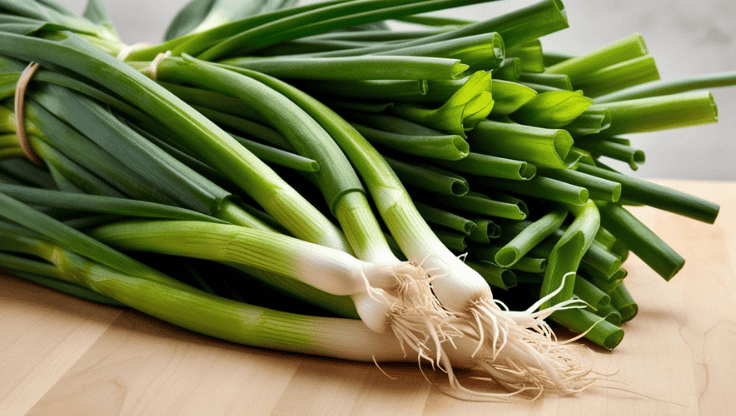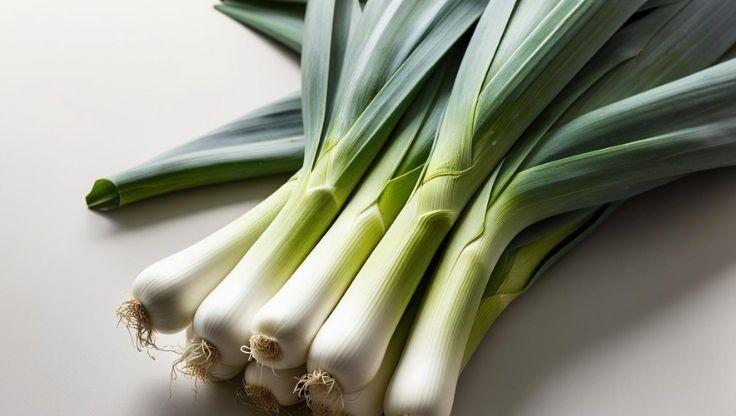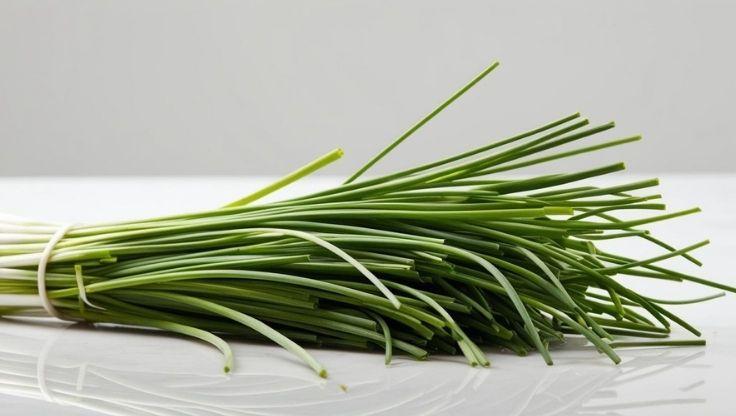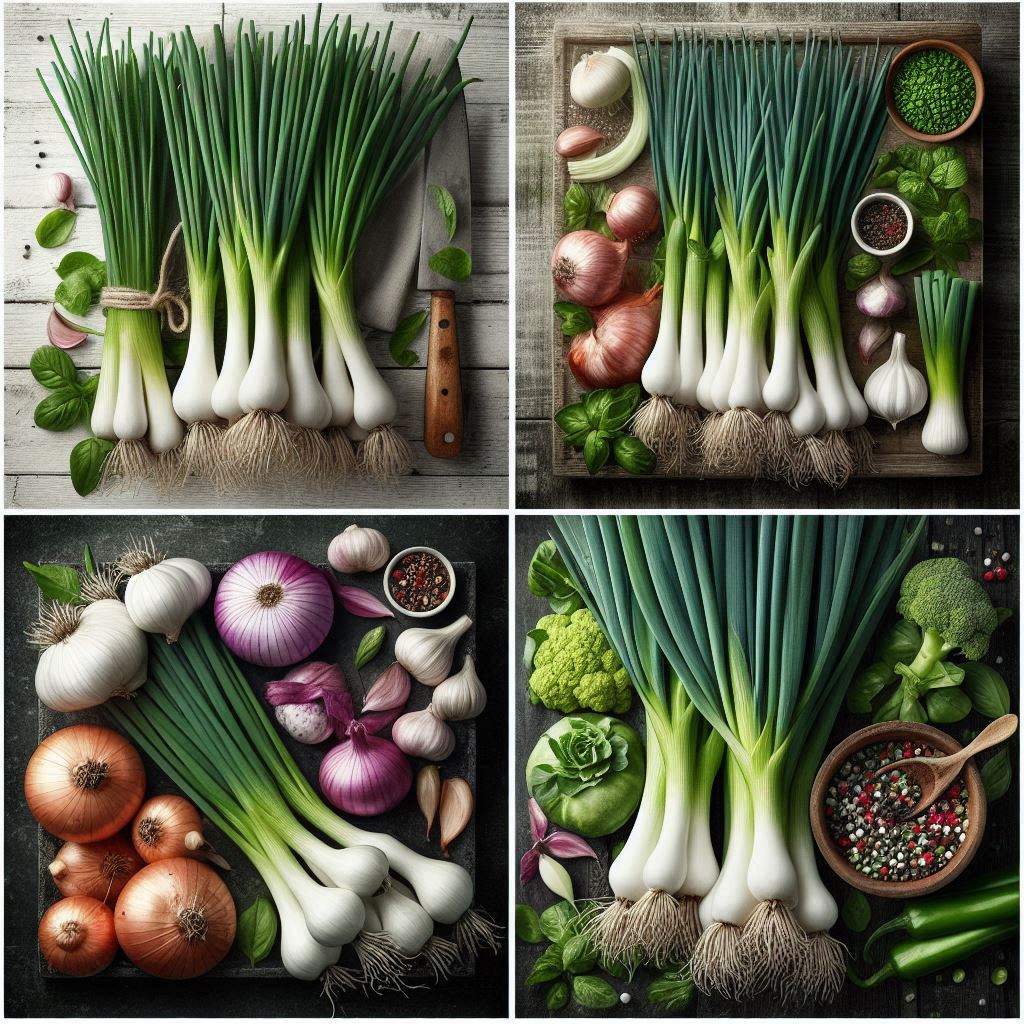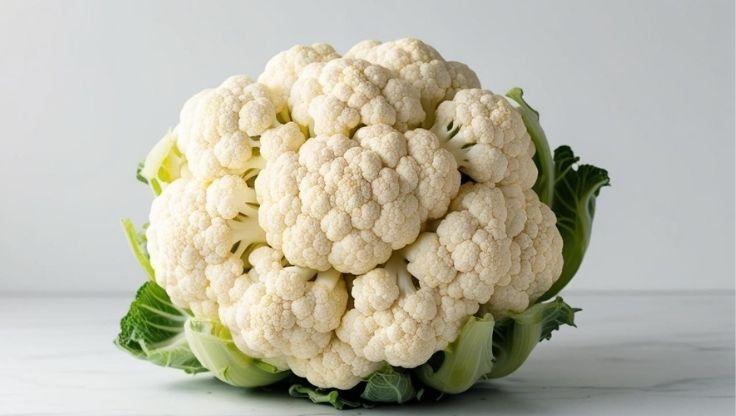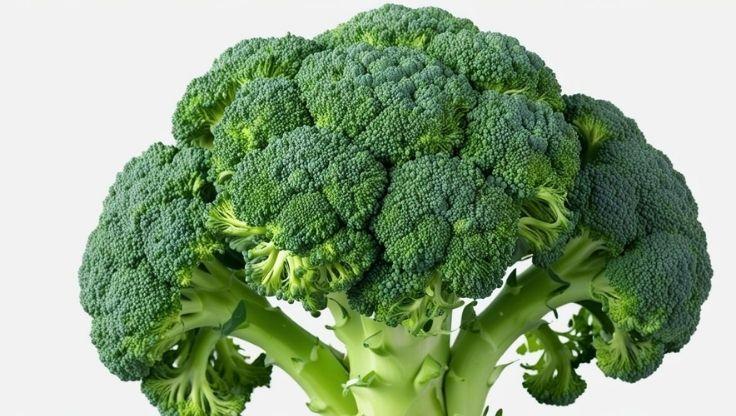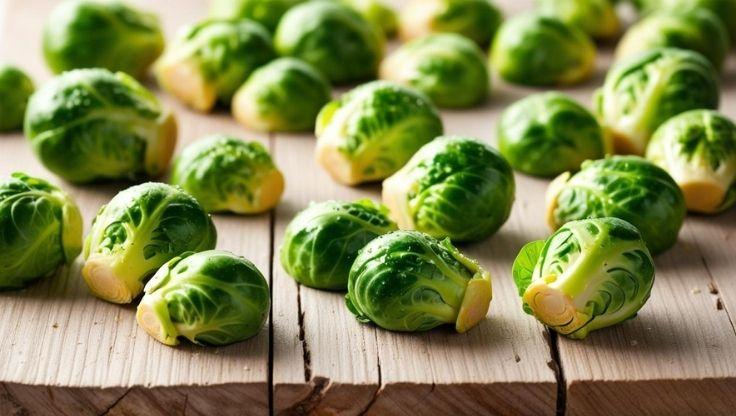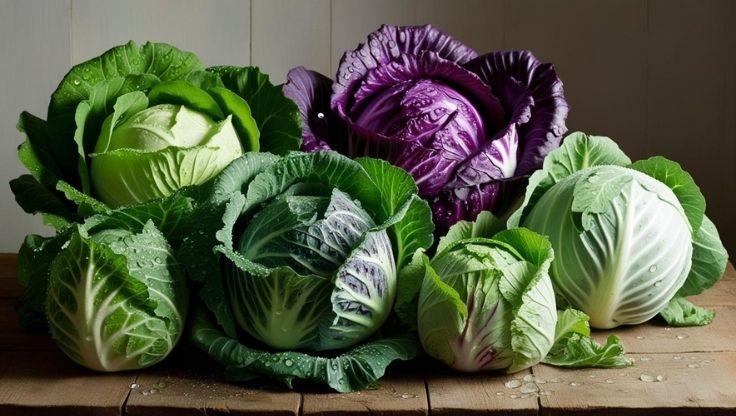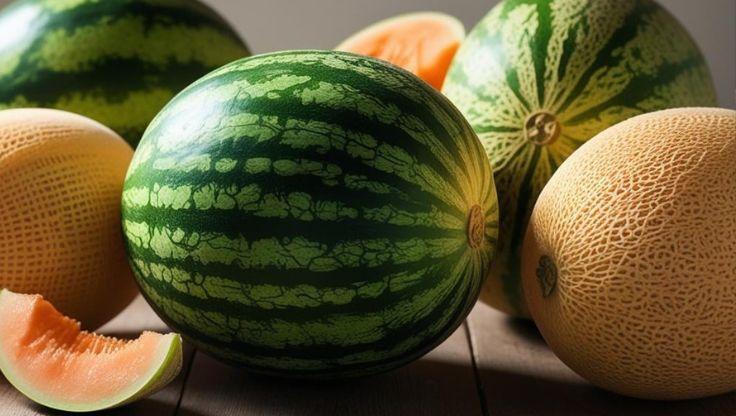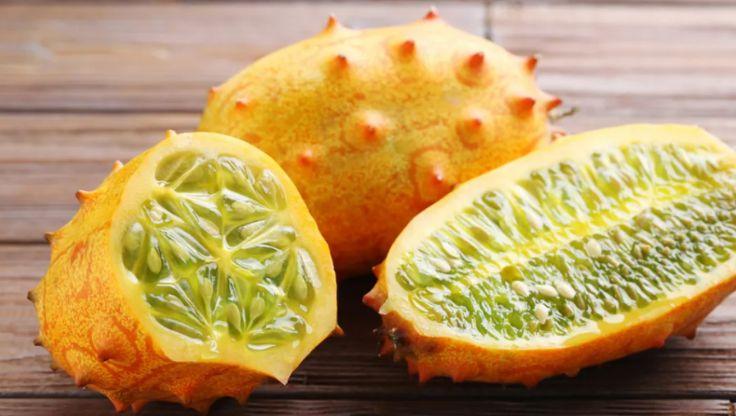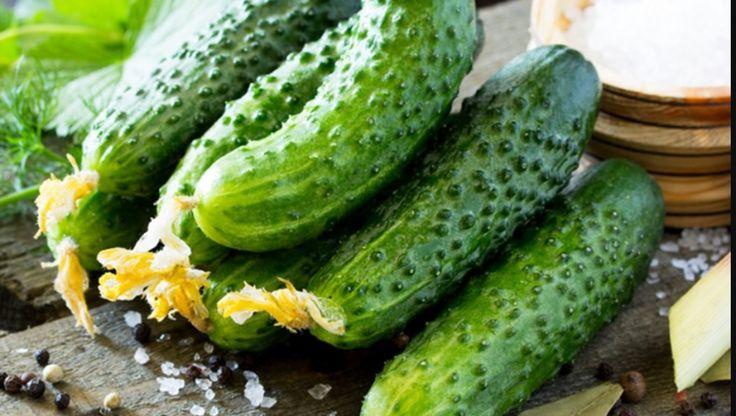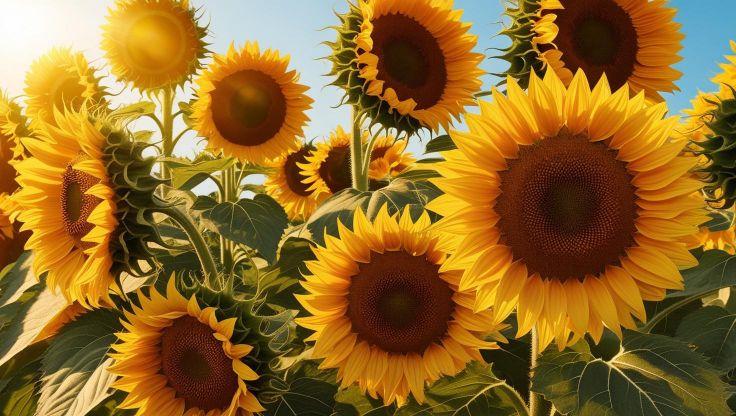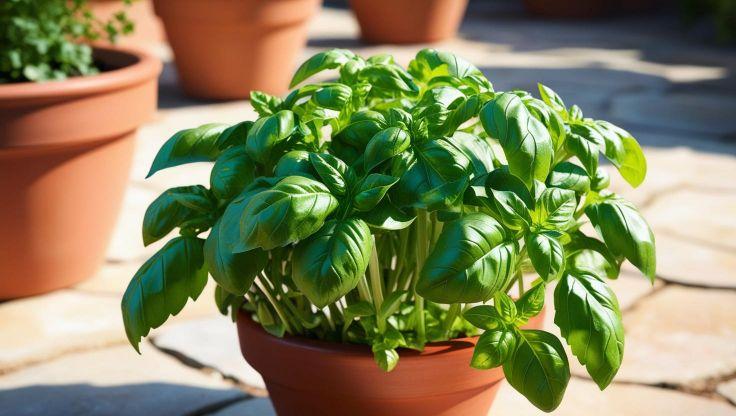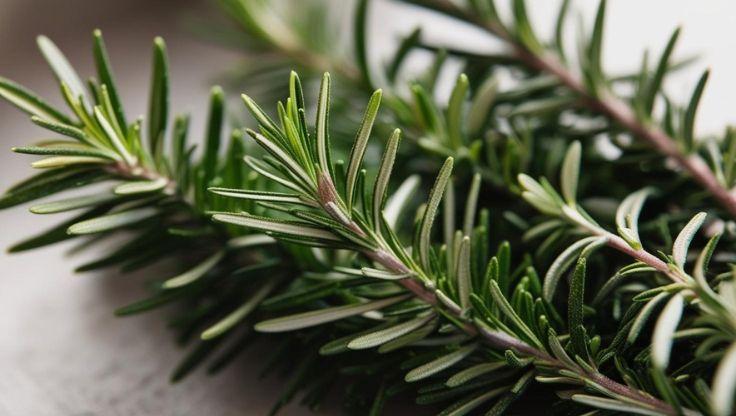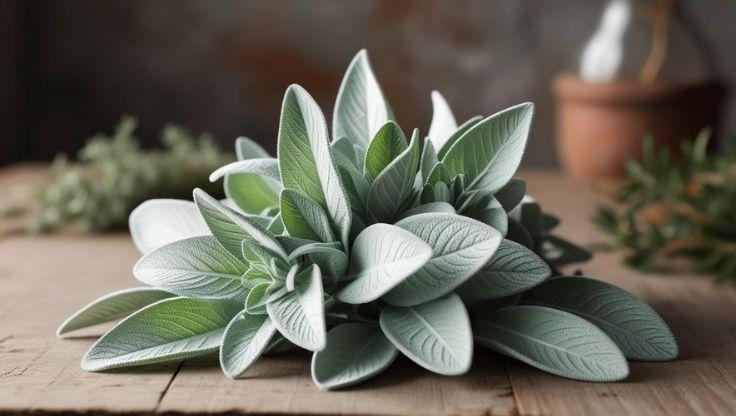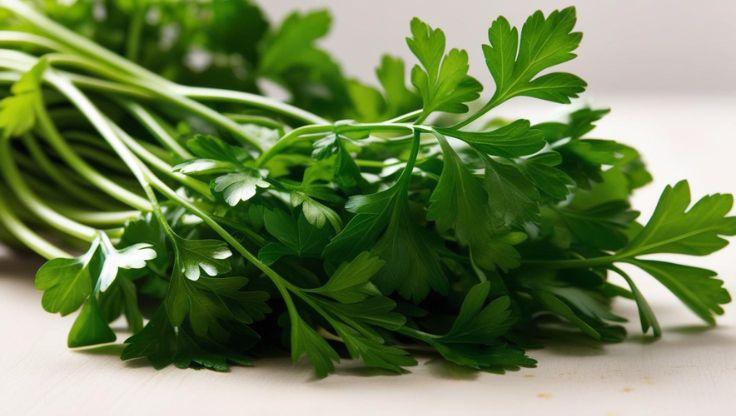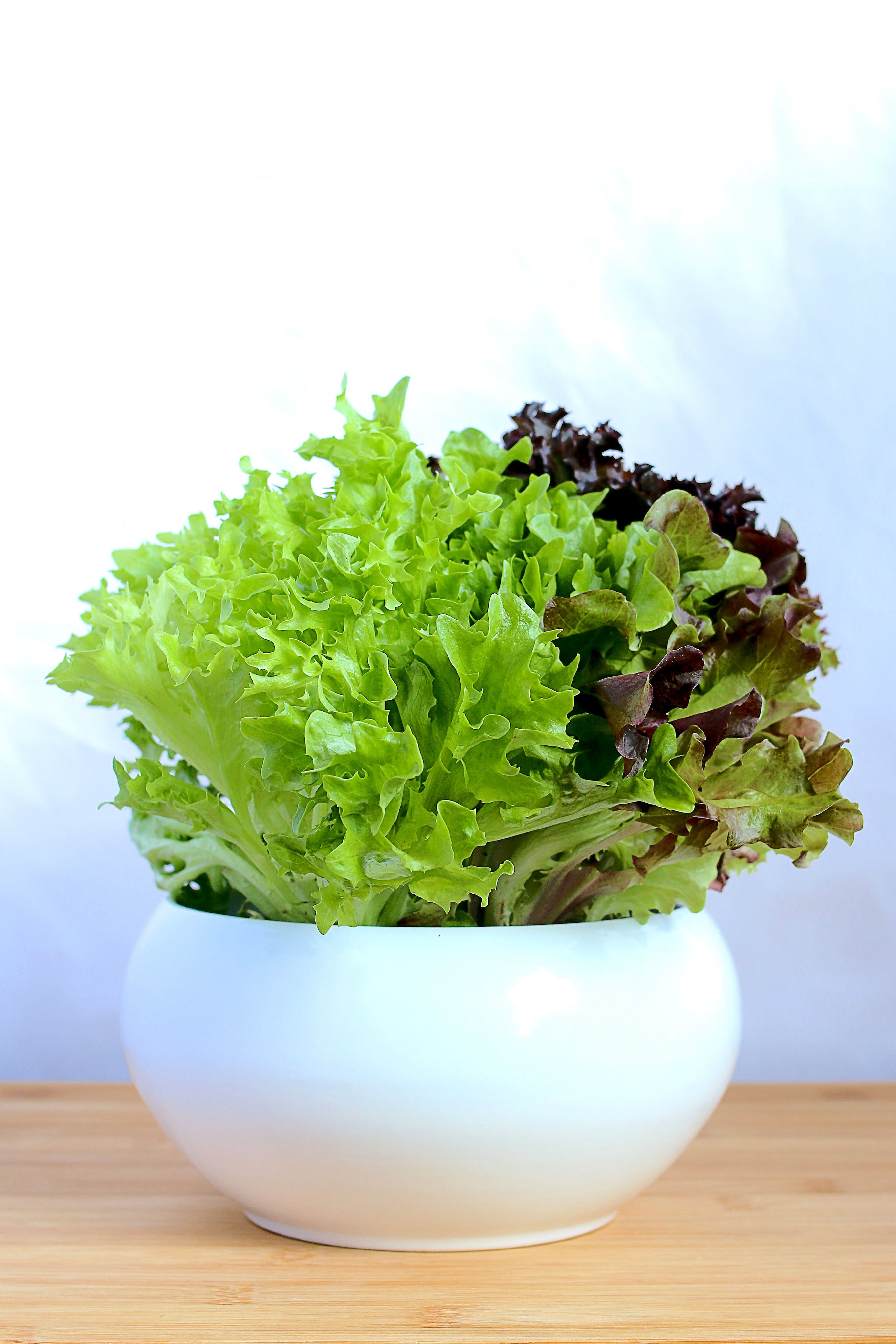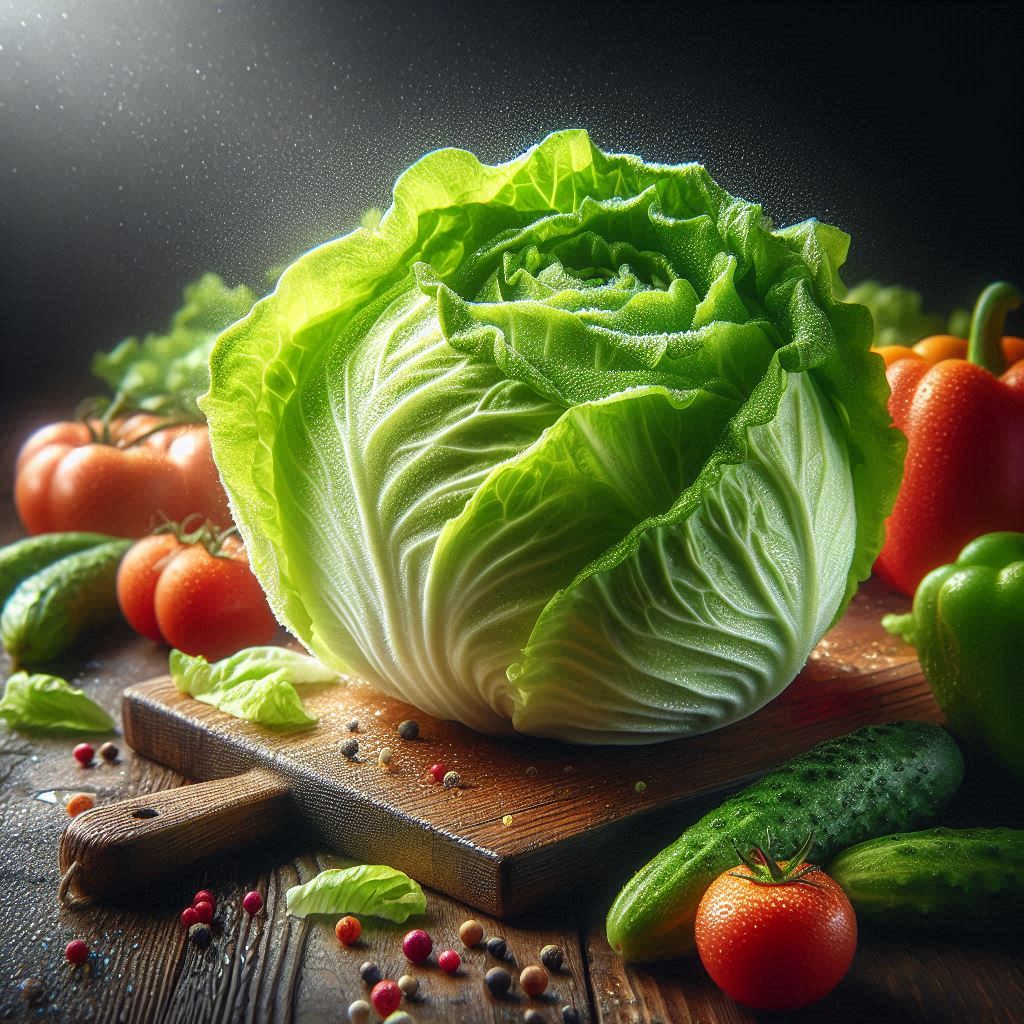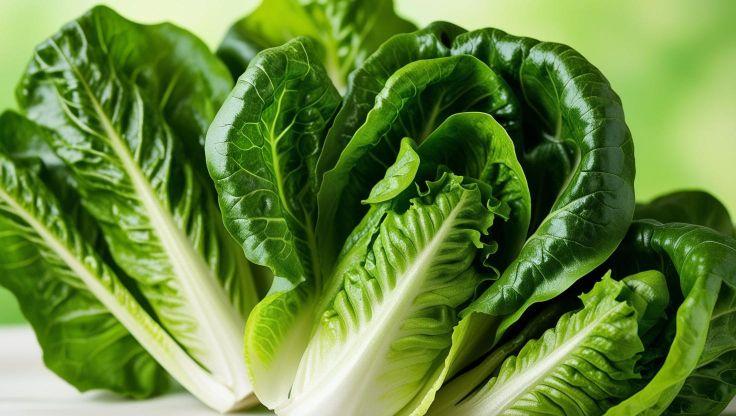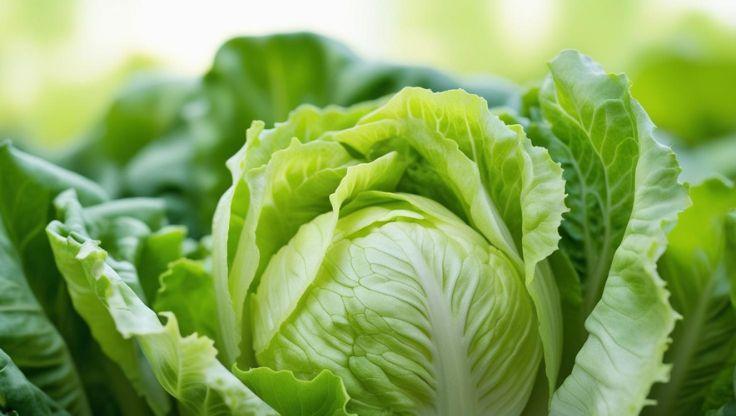Hydroponic Plants: The Ultimate Guide to Growing Beans in a Hydroponic System
Hydroponic plants, particularly beans (Phaseolus vulgaris), represent a cutting-edge approach in modern agriculture. These versatile legumes, native to the Americas and prized for their high protein content, benefit immensely from hydroponic cultivation. A hydroponic system ensures precise nutrient delivery, which in turn cultivates faster growth and often leads to superior yield quality. This soil-less method expertly sidesteps common soil-borne diseases and optimizes resource use, making it pivotal for sustainable food production and offering growers unparalleled environmental control.
Why Choose Hydroponic Beans? Unveiling the Advantages
Opting to grow beans using hydroponic techniques unlocks a host of significant benefits for cultivators. A primary advantage is the notably accelerated growth cycle; beans mature more rapidly due to the constant, direct availability of nutrients directly at their roots. Furthermore, hydroponic systems frequently achieve higher yields per square foot compared to traditional soil farming, as plants can often be spaced more closely. Water conservation is substantial, with some advanced hydroponic systems demonstrating the ability to use up to 90% less water through efficient recirculation. This controlled environment also means a drastically reduced need for pesticides and herbicides, leading to cleaner produce and the ability for year-round cultivation, irrespective of external climate conditions, ensuring a consistent fresh bean supply.
Optimal Hydroponic Growing Conditions for Beans
Creating the ideal microclimate is vital for thriving hydroponic plants like beans. These plants flourish when their specific needs for nutrients, light, temperature, and humidity are meticulously managed within the hydroponic system.
Mastering pH and EC Levels for Healthy Hydroponic Plants
Correct pH is paramount for nutrient uptake in your hydro garden. Maintain pH levels ideally between 5.5 and 6.5, as this range ensures essential elements like iron and calcium remain soluble and available to bean plants. Deviations outside this critical pH range can effectively 'lock out' these essential nutrients, severely hindering growth. Therefore, consistent pH monitoring is a cornerstone of successful hydroponics. Electrical Conductivity (EC), which measures total nutrient strength, should be targeted between 1.8 and 2.4 mS/cm for beans. This ensures a balanced supply, preventing deficiencies or toxicities. Regular, diligent monitoring using calibrated pH and EC meters is non-negotiable for supporting robust plant health.
Essential Light, Temperature, and Humidity Requirements
Light is the core energy source for photosynthesis. Beans specifically demand 12–16 hours of daily full-spectrum LED light to optimize vegetative growth and subsequent pod development. Modern LEDs are favored for their energy efficiency and customizable spectrums. The ideal ambient temperature for bean growth in a hydroponic system is 18–25°C (65–77°F). Consistent temperatures within this range, coupled with humidity levels carefully maintained between 60–70%, support healthy fruit set and prevent undue stress. Proper air circulation is also crucial for managing humidity and plant health.
Choosing the Best Hydroponic Systems for Beans
Beans, as versatile hydroponic plants, can thrive in various hydroponic systems, each offering unique operational benefits. The choice often hinges on project scale, available budget, and the grower's specific management preferences.
Deep Water Culture (DWC): Simplicity and Oxygenation
Deep Water Culture (DWC) is popular for beans due to its simplicity. Plant roots are suspended directly in a highly oxygenated nutrient solution, ensuring constant nutrient access. This method provides ample oxygen directly to the roots, critical for preventing root diseases like Pythium and promoting vigorous growth. Experts advise keeping DWC solutions cool, ideally below 22°C (72°F), as cooler water holds more dissolved oxygen. An air pump and air stone are essential components, continuously oxygenating the nutrient solution for healthy root respiration.
Nutrient Film Technique (NFT): Efficient Nutrient Flow
The Nutrient Film Technique (NFT) utilizes a shallow, flowing stream of nutrient solution that bathes the bare roots of plants in watertight gullies. This system supports controlled root exposure to both nutrients and vital oxygen, leading to efficient absorption. NFT is well-suited for lightweight hydroponic plants like beans and can be highly water-efficient. However, it's crucial to ensure a proper channel slope (e.g., 1-2%) for good drainage, preventing root clogging and ensuring even nutrient distribution as plants mature.
Aeroponics: Maximizing Root Oxygenation
Aeroponics represents an advanced cultivation method where plant roots are suspended in air within a chamber and periodically misted with a fine, nutrient-rich solution. This innovative technique maximizes oxygen exposure directly to the roots, often resulting in demonstrably faster growth rates and potentially higher yields. While setup can be more complex and initially costlier, the vigorous plant growth can be highly rewarding. Precise control of misting intervals and droplet size is crucial for Aeroponic success.
Nutrient Solutions & Water Management: The Lifeblood of Hydroponic Beans
A meticulously formulated nutrient solution and diligent water management are fundamental to success in any hydro garden, providing everything hydroponic plants need to flourish.
Crafting the Perfect Nutrient Mix for Your Hydro Garden
A balanced nutrient solution is essential. Key Macronutrients include Nitrogen (N) for vigorous leafy growth, Phosphorus (P) for robust root and flower development, and Potassium (K) for overall plant health and fruit quality. These ratios must be tailored for different growth stages; for instance, vegetative beans benefit from higher Nitrogen, while fruiting stages demand more Phosphorus and Potassium (a common N-P-K might be around 5-10-15 for fruiting). Micronutrients like Calcium (Ca) for cell walls and Magnesium (Mg) for chlorophyll production, along with iron, manganese, and zinc, are equally vital. Using a quality, pre-formulated hydroponic nutrient solution designed for fruiting vegetables often simplifies achieving this balance.
The Importance of Water Aeration and System Maintenance
Adequate water aeration is critical in most hydroponic systems (especially DWC) to prevent root rot by ensuring roots receive sufficient dissolved oxygen. This is typically achieved using air pumps and quality air stones. Regular system maintenance, including thoroughly cleaning reservoirs and channels every 1-2 weeks and replenishing or completely changing the nutrient solution, is also vital. This diligent upkeep prevents harmful pathogen buildup, ensures nutrient solution stability, and maximizes overall system efficiency.
From Seed to Harvest: The Hydroponic Bean Journey
The path from a tiny seed to a bountiful bean harvest in a hydroponic system is a rewarding process, often significantly accelerated by the optimized growing conditions.
Germination, Transplanting, and Growth Cycle
Beans typically germinate rapidly. For efficient sprouting, plant 2–3 seeds per hole in an inert starting medium like rockwool cubes or coco coir plugs, maintaining consistent moisture and warmth. Once seedlings develop true leaves and a healthy root system, gently transplant them into the main hydroponic system, taking care to prevent root damage. After transplanting, beans typically reach maturity and are ready for harvest within 50–80 days, depending on variety and conditions. Hydroponic cultivation often accelerates this growth cycle, leading to earlier harvests. Regular, timely harvesting encourages further pod production.
Recommended Bean Varieties for Hydroponics
When selecting beans, consider compact bush varieties first, as they are generally more manageable than vining pole beans in most hydroponic systems. Popular, reliable varieties include Blue Lake (bush type), Kentucky Wonder (often available as a bush bean), and Mascotte, a very compact bush bean ideal for smaller setups. These varieties are known for their good yields and adaptability to soil-less culture.
Culinary Delights and Health Benefits of Hydroponic Beans
Hydroponically grown beans offer distinct cultivation advantages and shine in the kitchen, contributing significantly to a healthy diet. They are incredibly versatile, enjoyed steamed, boiled, or stir-fried, and add crunch and nutrition to soups, stews, and fresh salads. Beans can also be blended into nutritious dips like hummus or mashed for refried beans, with their superior freshness often enhancing flavor. Nutritionally, beans are an excellent source of plant-based protein, dietary fiber, and essential antioxidants. This high fiber content supports healthy digestion, contributes to heart health, aids immune function, and they also contain beneficial anti-inflammatory compounds.
The Sustainability Edge of Hydroponic Bean Cultivation
Growing beans hydroponically offers major sustainability benefits. A well-managed hydroponic system greatly lowers dependency on chemical pesticides, leading to cleaner food and a healthier ecosystem. It also conserves vital water resources through efficient recirculation and targeted delivery, minimizing waste. This method ensures consistent year-round cultivation, reducing food miles, and readily allows for vertical farming, which maximizes food production on a significantly smaller land footprint – a key advantage for urban agriculture.
Navigating Challenges in Hydroponic Bean Growing
While hydroponics offers many benefits, growers may encounter challenges. Proactive management and understanding potential issues are key to success.
Addressing Common Pests, Diseases, and Growth Issues
Even without soil, hydroponic plants can face pests like Aphids, whiteflies, and thrips, or fungal infections like powdery mildew if humidity is high or airflow is poor. Preventative measures include ensuring proper airflow, considering organic pest management (e.g., beneficial insects like ladybugs, predatory mites; or horticultural oils), and maintaining rigorous system hygiene.
Common growth issues include:
-
Nutrient Deficiencies or Toxicities: Symptoms like yellowing leaves (chlorosis) or burnt leaf tips (necrosis) require adjusting nutrient solution concentrations or pH based on testing.
-
Environmental Stress: Wilting or poor fruit set can indicate stress. Stabilize temperature (18-25°C) and humidity (60-70%), and ensure adequate light (duration and intensity DLI).
-
Root Rot: Slimy, discolored (often brown) roots signal trouble. Maintain highly oxygenated nutrient solutions, ensure proper drainage, and if detected, treat with a hydroponic-safe fungicide or diluted food-grade hydrogen peroxide.
Conclusion: Embracing Hydroponic Plants for Future Bean Cultivation
Growing beans in a hydroponic system is a highly efficient and deeply rewarding endeavor, offering numerous advantages from faster growth and higher yields to superior resource conservation. By thoroughly understanding the specific needs of hydroponic plants like beans—from optimal environment and precise nutrient management to choosing the right hydroponic system—cultivators can enjoy bountiful, year-round harvests. These advanced soil-less techniques truly pave the way for a more sustainable and resilient food future.
Research for expert insights
Discover expert knowledge and comprehensive information in the following resources.
|
Company/Institution |
Article Title |
Article Link |
|---|---|---|
|
European Journal of Agriculture and Food Sciences |
Effects of Nutrients and Salinity on Yields, Growth, and Nutrients Distribution of Faba Beans Grown in Hydroponics System |
|
|
AIP Conference Proceedings |
The Effect of Various Nutrient Hydroponic Formulation on Growth and Yield of Three Varieties of Common Bean (Phaseolus vulgaris L.) on Hydroponic Drip Irrigation System |
|
|
International Journal of Environment, Agriculture and Biotechnology (IJEAB) |
Effect of pH on Hydroponically Grown Bush Beans (Phaseolus vulgaris) |
Their well-researched findings provide a wealth of information, making them a must-read for anyone wishing to deepen their knowledge.


